From Self-Funded to Crowdfunded: My Self-Publishing Journey (4/5)
Crowdfunding, Community, and Unexpected Challenges
By the time I embarked on my third self-published book, The Anteater That Didn’t, I knew one thing for sure: I didn’t want to fund it myself.
My first two books taught me valuable lessons about ambition, quality, and community, but they also highlighted the financial strain of self-publishing. This time, I wanted to try something different—something that would involve my audience from the start and help cover the costs without dipping into my own pocket. That’s when I turned to Kickstarter.
The Story Behind The Anteater That Didn’t
The Anteater That Didn’t was a children’s book, but like much of my work, it explored universal themes of love, grief, and hope. Written during a transformative time in my life—shortly after my daughter was born—it told the story of a peculiar anteater navigating relationships, loss, and acceptance. Illustrated by the talented Quirky Joe, the book was whimsical, heartfelt, and visually captivating.
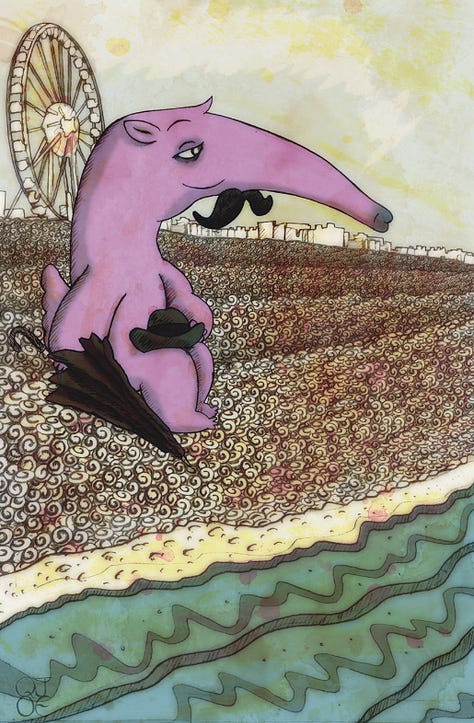
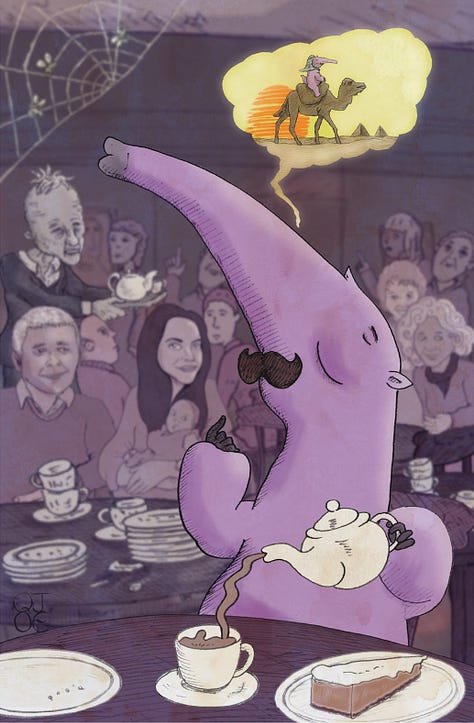
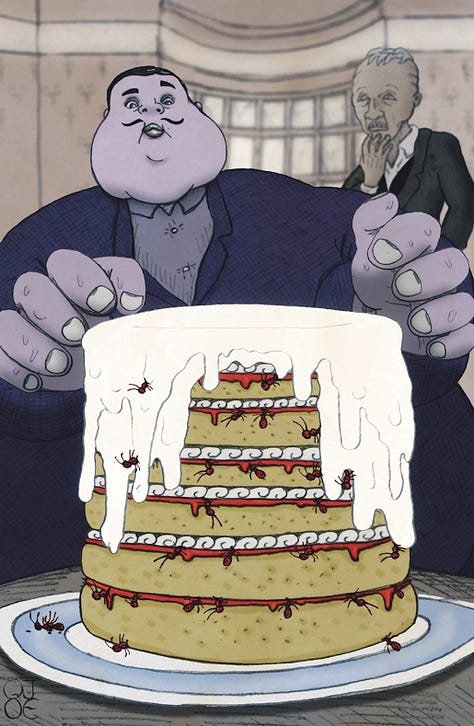
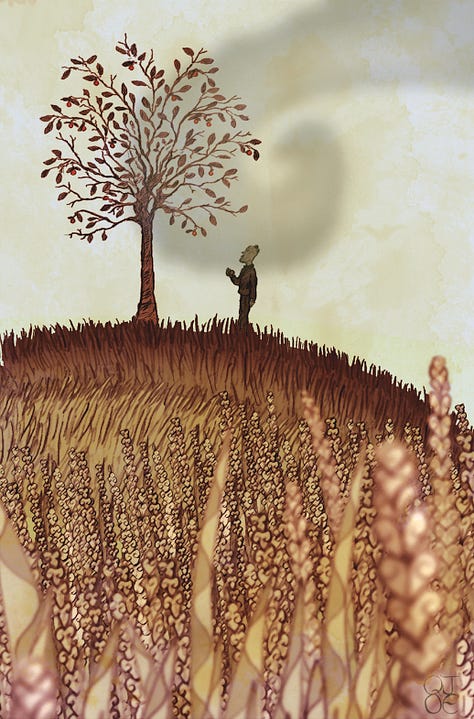
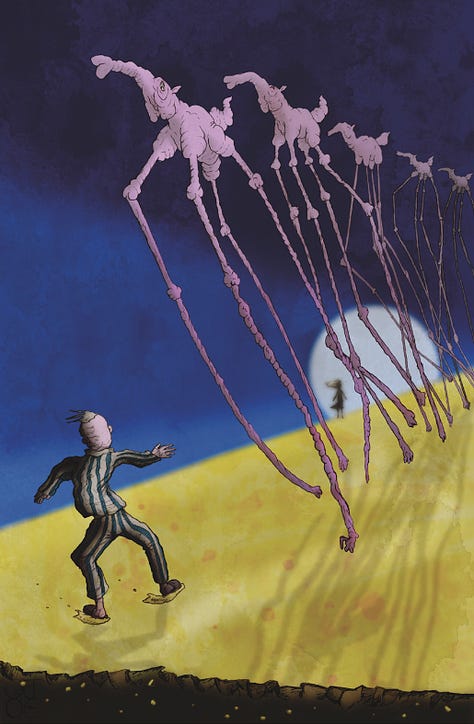
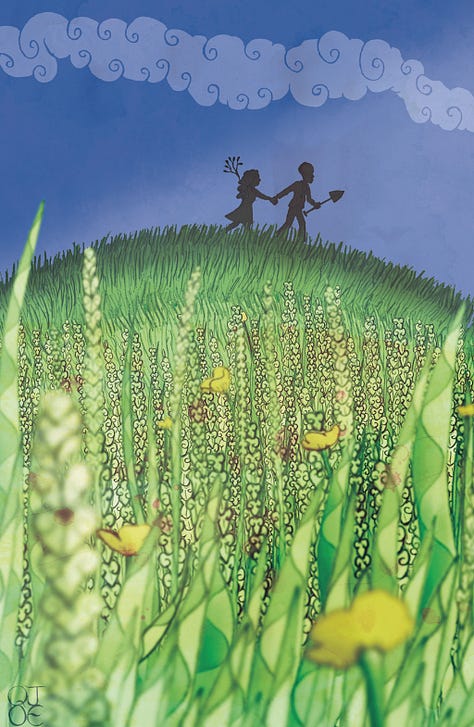
Kickstarter offered me the perfect platform to bring this project to life. It wasn’t just about raising funds—it was about building a community around the book before it even existed.
What Went Right
Successful Crowdfunding: Running a Kickstarter campaign was nerve-wracking, but ultimately rewarding. We raised the full cost of the book, allowing me to pay the illustrator, cover printing expenses, and manage logistics without financial stress.
Community Engagement: Kickstarter connected me with readers who were genuinely invested in the book’s success. Their support wasn’t just financial—they helped promote the book, share updates, and create buzz online.
Sales Success: With only 250 copies printed, the book sold out within the first three months. The smaller print run and higher price point made it more manageable and financially sustainable.
What Went Wrong
Printing Issues: The final printed product didn’t match the proofs we received. The illustrations appeared duller than expected, and despite our best efforts, there was no recourse. It was a disappointing setback for a book that relied heavily on visual appeal.
Collaboration Challenges: Working with illustrator Quirky Joe, while rewarding, was also challenging at times. It was a labor of love for both of us, but because Joe wasn’t being paid upfront, tensions occasionally arose. Creative differences and the pressure of delivering a high-quality product without financial compensation created friction. It taught me that clear communication, mutual respect, and managing expectations are essential in any creative partnership.
Identity Crisis: The book was caught between being a children’s story and an adult fable. This blurred audience made it harder to market effectively. While the themes were universal, the presentation didn’t clearly align with one target audience, affecting its broader appeal.
Lessons Learned
Crowdfunding is Powerful—But Demanding: Kickstarter was invaluable, but it required constant promotion, updates, and engagement. Crowdfunding isn’t passive; it’s a full-time commitment during the campaign.
Choose the Right Print Partner: The printing issues taught me to be more diligent when selecting and vetting printers. Always request multiple proofs and clarify expectations.
Know Your Audience: A book that tries to cater to multiple audiences risks resonating with none. Defining your audience early helps shape the content, design, and marketing strategy.
Community Matters: Building a supportive community before launching a book can make all the difference. These early supporters become your biggest advocates.
Smaller Print Runs Are Manageable: Printing 250 copies allowed me to focus on quality and manage inventory without being overwhelmed.
Reflections on The Anteater That Didn’t
This book marked a significant shift in my self-publishing journey. It taught me that community support is invaluable, that even the best-laid plans can go awry, and that balancing artistic vision with market expectations is essential.
In the next and final post of this series, I’ll delve into Carbon—a deeply personal poetry collection that taught me hard lessons about market demand, design, and the fine line between self-expression and commercial viability.
If you’re considering self-publishing, remember this: your audience is your greatest asset, printing quality is non-negotiable, and knowing who your book is for is half the battle.


Thank you for being so generous with your knowledge and wisdom and taking the time to craft your posts so beautifully. You're an inspiration. 🙏🏽
Thank you for sharing your journey!